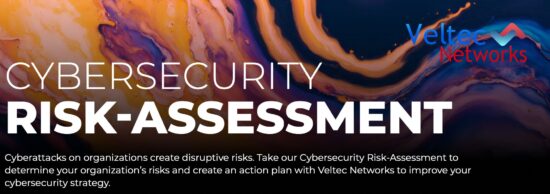 Sometimes surfing the web is more like clinging to a piece of driftwood over shark-infested waters than it is relaxing on a boogie board off some warm island paradise. Every single day 20,000 to 30,000 new malicious URLs pop up, and some of those are taking over sites that were once safe. Here are 5 ways you can make your browser more secure and protect yourself from viruses and identity theft.
Sometimes surfing the web is more like clinging to a piece of driftwood over shark-infested waters than it is relaxing on a boogie board off some warm island paradise. Every single day 20,000 to 30,000 new malicious URLs pop up, and some of those are taking over sites that were once safe. Here are 5 ways you can make your browser more secure and protect yourself from viruses and identity theft.
Watch Where You Step
Blanket statements like “New York City is dangerous” are too general to be true. Sure, parts of New York City are dangerous, but that doesn’t apply to the whole city. You’ll be fine in the trendy, touristy areas that make up most of Manhattan; you would be less fine in a Staten Island alleyway.
The dangers of the internet are also relative. You can trust sites like Google and Netflix to not infect your computer with a virus, but not every site is as reputable as Google or Netflix. Be careful when you venture out to the more obscure corners of the internet.
Block 3rd-party Cookies (When You Can)
Adjust the default settings of your browser and start blocking 3rd-party cookies. Websites can and often do install cookies that track your behavior without your permission. These cookies are usually harmless, just used by advertisers to target prospective customers. But sometimes cybercriminals are able to access these cookies and glean bits of your personal information from them, so it’s best to block 3rd-party cookies when you can.
We say “when you can” because many sites require cookies to be allowed for the site to function. Figure out which of the websites you visit frequently require cookies and customize your browser privacy settings to allow cookies on those sites and not others.
Install a Pop-Up Blocker
Pop-up blockers, like AdBlock, are all-important in securing your browser. This is because pop-ups are not just annoying: they can either contain malware themselves, or they trick you into clicking a link that leads you to malware. In addition to protecting you from malicious pop-ups, AdBlock also removes on-page ads, which makes content much easier to read.
Always Install the Latest Updates to Your Browser
Microsoft, Google, Mozilla, and all the other browser-makers of the world are constantly finding and fixing bugs in their product. Often these bugs are security flaws that cybercriminals exploit. The most updated version of a browser is the most secure version of a browser.
Install Security Plug-Ins such as HTTPS Everywhere and Web of Trust
For the absolute best protection, you have to go beyond the privacy settings that come with your browser. There are add-ons and plug-ins out there that make surfing the web much safer.
HTTPS Everywhere is one such plug-in. A product of the Electronic Frontier Foundation, this extension forces major websites to use HTTPS protocol when communicating with your computer rather than the more-common HTTP protocol. HTTPS is more thoroughly encrypted and this more safe to use than HTTP (the added “S” on the end stands for “Secure”)
Web of Trust is another helpful plug-in, one that helps you decide if you should trust a website or not. You read the Amazon reviews of a product before you but it, right? Web of Trust uses a similar crowdsourcing approach to rating websites. User experiences are compiled for each website and a small traffic light-inspired graphic next to URLs that visualizes the general consensus: green is good, yellow is questionable, and red is bad.
Just like how a two-star review average of a too-good-to-be-true product on Amazon will help you resist a tempting deal and avoid a bad product, the ratings provided by Web of Trust will help you navigate the web in a more informed and intelligent manner.






